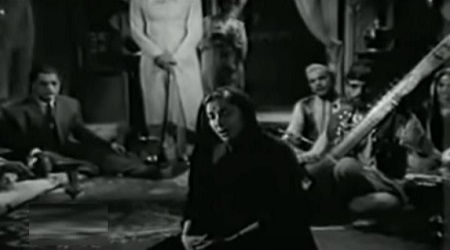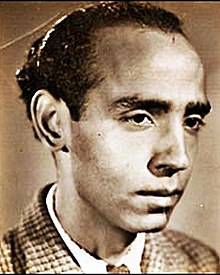I have been watching Hindi cinema for most of my life. And for most of my life, too, I have been happily swallowing all the many outlandish tropes and elements that are part of this realm. Not the least the many obscurities and questions that surround songs: how do people think up a tune and words at the drop of a hat, with no rehearsals whatsoever? How do two people who are not even within earshot of each other, manage to sing—perfectly—a duet? Where does the music come from? And how do people who are dancing about energetically manage to sing at the same time?
The naachne-gaanewaali so derided by the ‘shareef’ of Hindi cinema is, in essence, an unlikely character. The Vyjyanthimala of Sadhana, who dances with so much energy, or even the Meena Kumari of Pakeezah, her dance often more sedate, but a dance nevertheless… or the many, many other onscreen naachne-gaanewaalis, from Minoo Mumtaz in Saaqiya aaj mujhe neend nahin aayegi to Kumkum in Dekh idhar o jaadugar: they must be having Olympic athlete-standard fitness levels to be able to dance so vigorously and sing so well at the same time.
But there is the occasional naachne-gaanewaali who doesn’t dance. She only sits, or, at the most, stands up a bit and languidly moves about. No proper dancing. Not, I think, because she realizes that it’s well-nigh impossible to do both at the same time or that she’s conserving her energy, but perhaps because that’s the filmmaker’s way of showing that she is relatively pure. This invariably happens in cases where the heroine is the naachnewaali, sitting in a kotha or other similar house of ill-repute and forced to use her beautiful voice to earn her living. Only her voice, mind you. No more.
Continue reading



